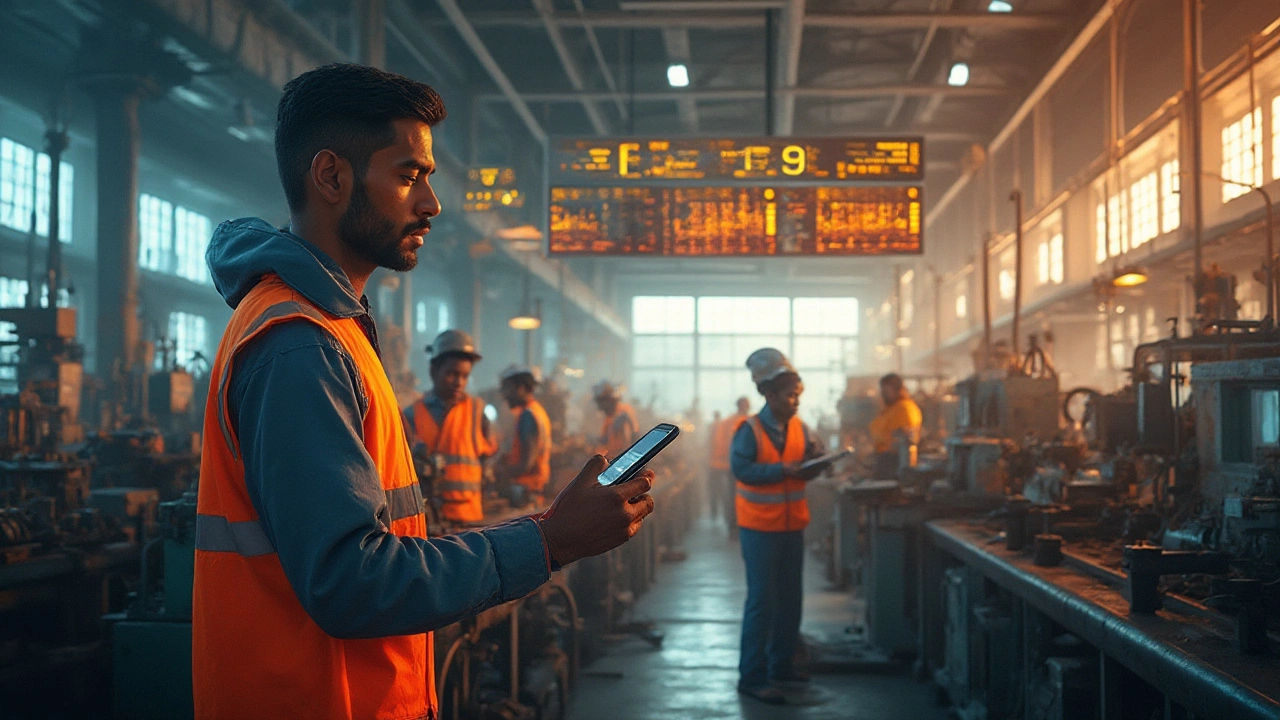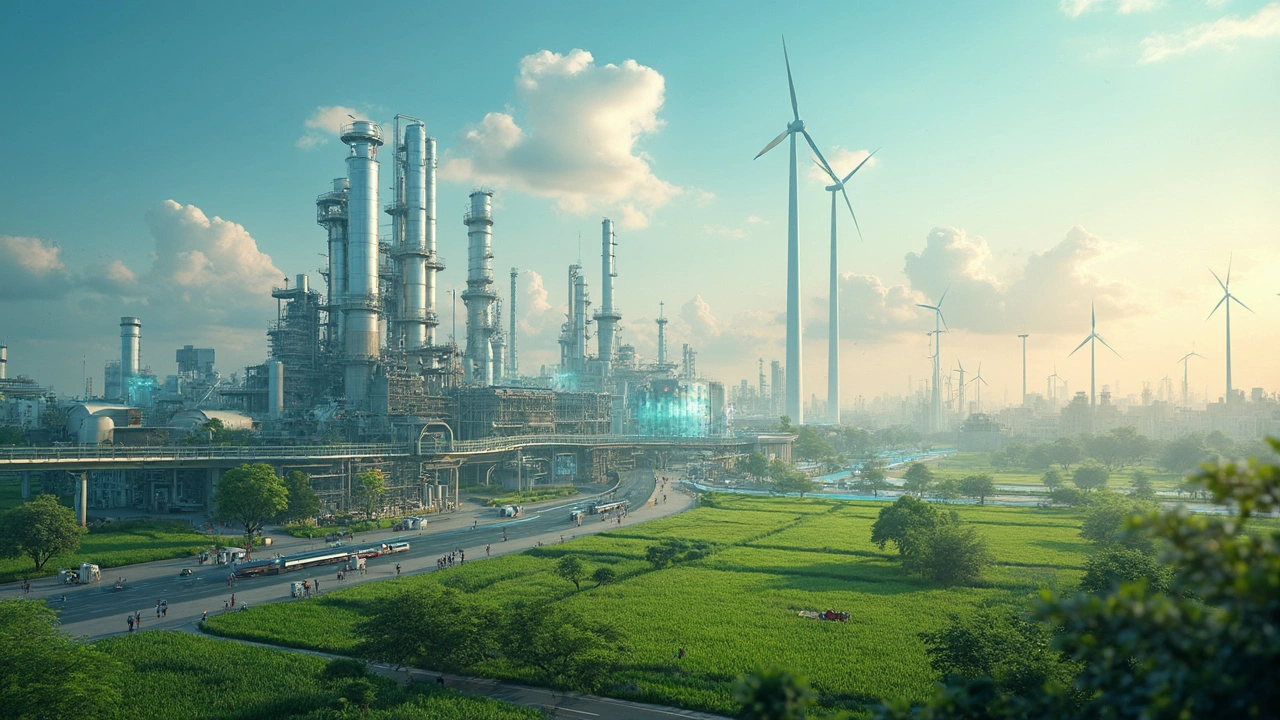Manufacturing Trends: What’s Shaping the Industry Today
When talking about manufacturing trends, the current patterns, technologies, and market shifts that define how goods are produced worldwide. Also known as industry trends, they influence everything from product design to factory floor efficiency. Understanding these trends helps you spot opportunities, avoid pitfalls, and stay ahead of the competition. Below you’ll see how the biggest forces – automation, sustainability, 3‑D printing and digital supply chains – are reshaping the landscape.
One of the most visible forces is industrial automation, the use of robots, sensors and software to perform tasks that humans used to do. It’s not just about replacing labor; it’s about boosting speed, precision, and safety. For example, robotic arms in automotive plants now handle welding and painting with millimeter accuracy, cutting errors by half. Manufacturing trends require industrial automation to meet rising demand without exploding costs, making factories leaner and more adaptable.
Next up is sustainable manufacturing, practices that reduce waste, energy use and carbon emissions while keeping output strong. Companies are switching to renewable energy, recycling water, and designing products for easy disassembly. This shift isn’t just green‑talk; it directly improves profit margins because less material waste means lower raw‑material bills. Sustainable manufacturing therefore lowers environmental impact and boosts the bottom line, a win‑win that’s becoming a core part of today’s trends.
Then there’s additive manufacturing, commonly called 3‑D printing, which builds objects layer by layer from digital models. This technology lets engineers spin up prototypes in hours instead of weeks, and even produce low‑volume custom parts without expensive tooling. The result? Faster product cycles and the ability to test more ideas before committing to mass production. Additive manufacturing enables rapid prototyping, a key driver of innovation in the current manufacturing trends.
Finally, supply chain digitization, the integration of data, analytics and IoT devices to monitor and manage material flow in real time, is changing how factories source, produce and deliver goods. Digital twins simulate entire production lines, spotting bottlenecks before they happen. Real‑time dashboards give managers a clear view of inventory levels, lead times, and demand fluctuations, allowing quicker adjustments. In short, supply chain digitization connects every step of production, turning raw data into actionable insight—a cornerstone of modern manufacturing trends.
All these pieces—automation, sustainability, 3‑D printing, and digital supply chains—interact to form a dynamic ecosystem that drives today’s manufacturing trends. Below you’ll find articles that dive deeper into each area, from product ideas for new startups to the latest in pharma, steel and plastic production. Whether you’re a seasoned engineer, an aspiring entrepreneur, or just curious about where the industry is headed, the collection ahead offers practical tips, real‑world examples and data‑backed insights to help you navigate the fast‑changing world of manufacturing.


